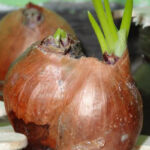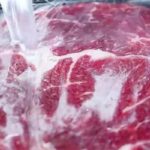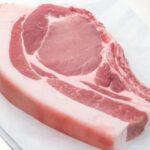Ordering a bowl of phở chín (cooked beef pho), you may notice a peculiar green sheen on the sliced beef. Some assume that this is a sign of old meat or chemical treatment, but this is not the case.
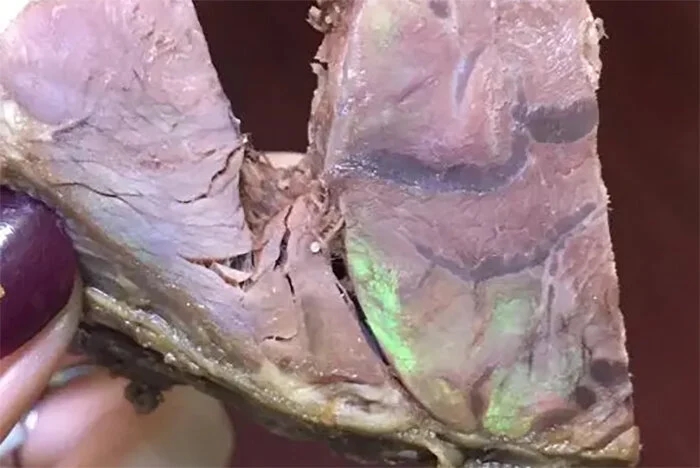
A piece of beef with a rainbow sheen. (Source: Sohu)
According to experts from the United States Department of Agriculture (USDA), the iridescent effect is commonly observed on cooked beef cuts and is not an indication of chemical treatment or expired meat. In reality, this phenomenon occurs due to the presence of iron and fat in the beef. When the meat is cooked and sliced thinly, the light refraction creates a rainbow-like iridescent sheen.
Additionally, beef is composed of layers of muscle fibers. When sliced thinly, we cut across these muscle fibers, creating a smooth, flat surface. The combination of light and heat then results in the observed color change.
This phenomenon can also occur in other types of meat, such as pork and bacon.
Hence, the iridescent rainbow effect on beef does not indicate any compromise in food quality.
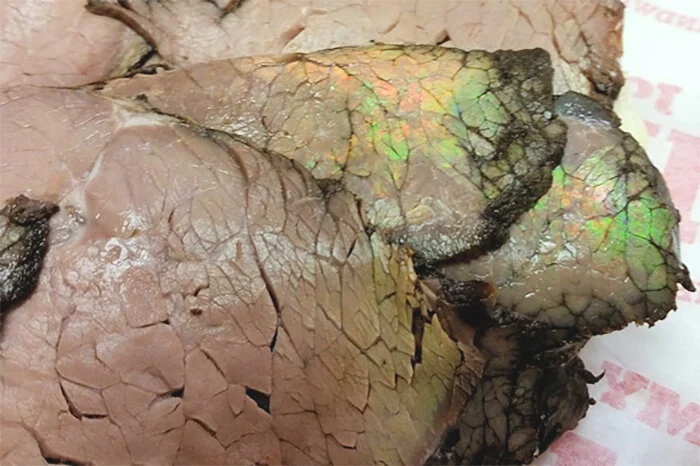
A piece of beef with a rainbow sheen. (Source: Sohu)
However, you should avoid beef that exhibits the following:
– Wet or lacking elasticity: If the surface of the meat is wet or lacks elasticity when pressed, it has likely been left out for too long or thawed and refrozen, indicating it is not fresh.
– Dark or gray color: This suggests that the meat is no longer fresh or is in the process of spoilage due to oxidation. It may taste unpleasant and even cause stomach aches. Opt for beef with a characteristic red color, a sign of freshness.
– Unusual odor: Fresh beef should not have a putrid or unpleasant smell.
– Thick, yellow or brown fat: Fresh beef will have a thin layer of light yellow fat. If the fat appears thick and dark, it indicates old meat.
– Coarse, short, and light pink fibers: Some sellers mix pork with beef to deceive customers. If you notice coarse, light pink fibers, you may be buying pork disguised as beef. Instead, look for meat with fine, long, and dark pink fibers.
Source: vtcnews.
The Secret to Spotting Chemically Sprayed Vegetables
Introducing the art of discerning the true nature of vegetables: just because they look good, doesn’t mean they are nutritious and safe to consume. Uncover the secrets to identifying chemical-ridden produce and take control of your health today. Learn how to separate the wheat from the chaff, or rather, the chemical-free greens from the rest. It’s time to become a vegetable connoisseur and ensure a healthier, happier you.
Mastering the Art of Chopping Board Care: A Guide to Longevity and Sanitation
Introducing the ultimate guide to cutting board care: unlock the secrets to maintaining and preserving your chopping boards, ensuring they remain pristine and durable. Discover the dos and don’ts of chopping board maintenance, and elevate your kitchen game with these expert tips and tricks. Learn how to care for your cutting boards like a pro and impress your guests with your culinary prowess.


























